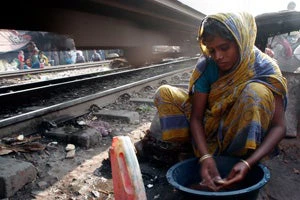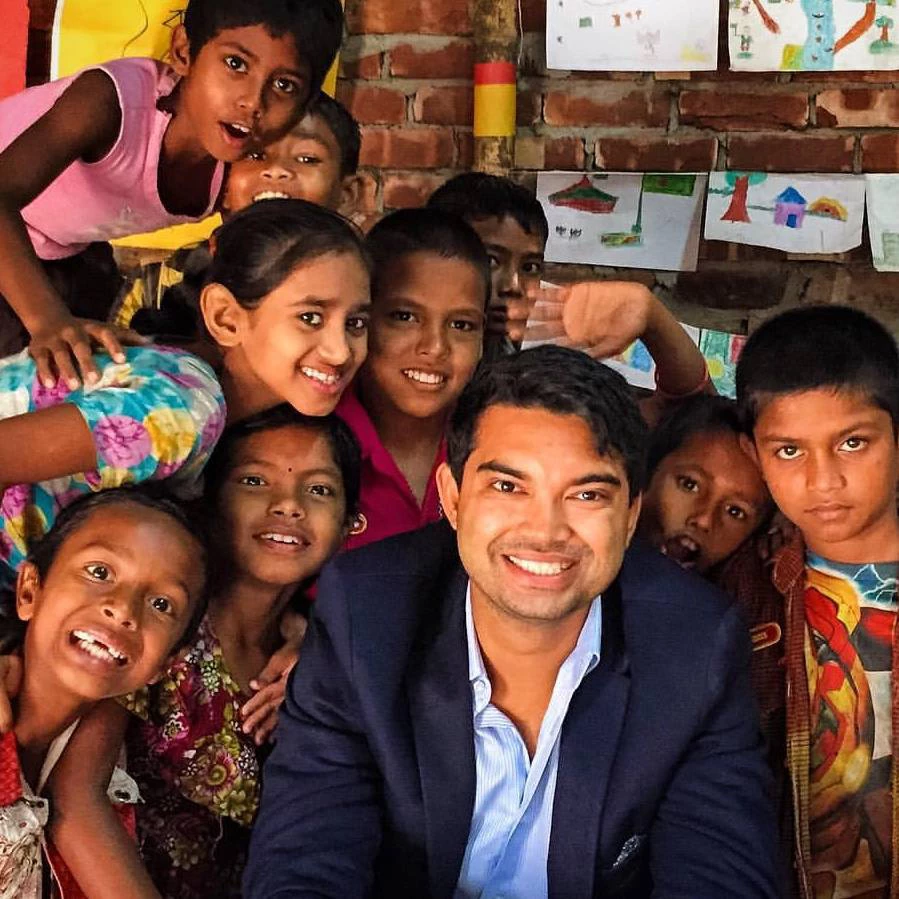
Social indicators are lagging as well. South Asia has the highest rates of malnutrition in the world, with 250 million children undernourished. More than 30 million children still do not go to school. Gender discrimination remains a scar. Women’s labor-force participation in the region is among the world’s lowest, boys outnumber girls in school enrollment, and legal and judicial systems still do not address systemic gender violence.
To highlight the irony of South Asia’s ‘Bottom Billion’, a panel discussion was held on October 25th. Moderated by South Asia Chief Economist Kalpana Kochhar, it was attended by Author and Lead Economist Ejaz Ghani, Poverty Reduction & Economic Management, Director for Africa PREM Marcelo Giugale, Consulting Editor of the Economic Times Swaminthan Aiyar, as well as Executive Director of the IMF Arvind Virmani.
Why has income growth failed to translate into better human and social outcomes? Perhaps we are looking at it from the wrong lens, and focusing on the wrong numbers. A blanket national growth figure – however impressive – never tells the whole story. National averages can conceal vast regional disparities. “If we don’t ask the right questions, will not get the right solutions,” Virmani stressed.
Ghani questioned the popular Asia Shining narrative – “for vast swathes of the population, it’s more along the lines of Asia Suffering”. While some regions boom, others are mired in poverty, human misery, and gender disparities.
“Policy makers need to take another look at the MDG paradigm”, Ghani added, “A new lens is needed – one that shifts the locus of policy from national to sub-national. From global to regional, from leading to lagging regions, where poverty, gender disparity and and human misery is concentrated.”
Aiyar went on to highlight the massive untapped potential for lagging states in India. Minor interventions in improving security, governance, and justice have unleashed economic growth rates in lagging regions like Bihar. “Invest in people when it comes to lagging regions, and invest in places when it comes to leading regions” he noted.
However, while transferring financial resources is imperative, governments must also focus on other dimensions - increased capacity, accountability, and governance. Sound economic policy is not always good social policy. Policy makers must emphasize human development just as much as economic growth. This means direct interventions in the health and education sectors, gender inclusiveness, and reducing spatial disparities.
The increasing size and persistence of informal sectors has also been long ignored. The informal sector is the largest employer in the world, but it is not integrated with fiscal policies, social policies, gender development, or business development. Men use the informal sectors as the intermediate stepping stone and the employment ladder for better and formal jobs. However, women, less mobile than men, often remain trapped in the informal sectors.
All in all, growth creates the fiscal and political space for poverty reduction and for achieving the MDGs. But growth is not sufficient. Problems of poverty, human misery, gender disparity, conflict, and calamities of droughts and floods, are all concentrated in the lagging regions. So we now need to examine the MDGs from a new spatial lens.
If Bollywood has taught us anything, a good movie needs more than just a good dance sequence.



Join the Conversation